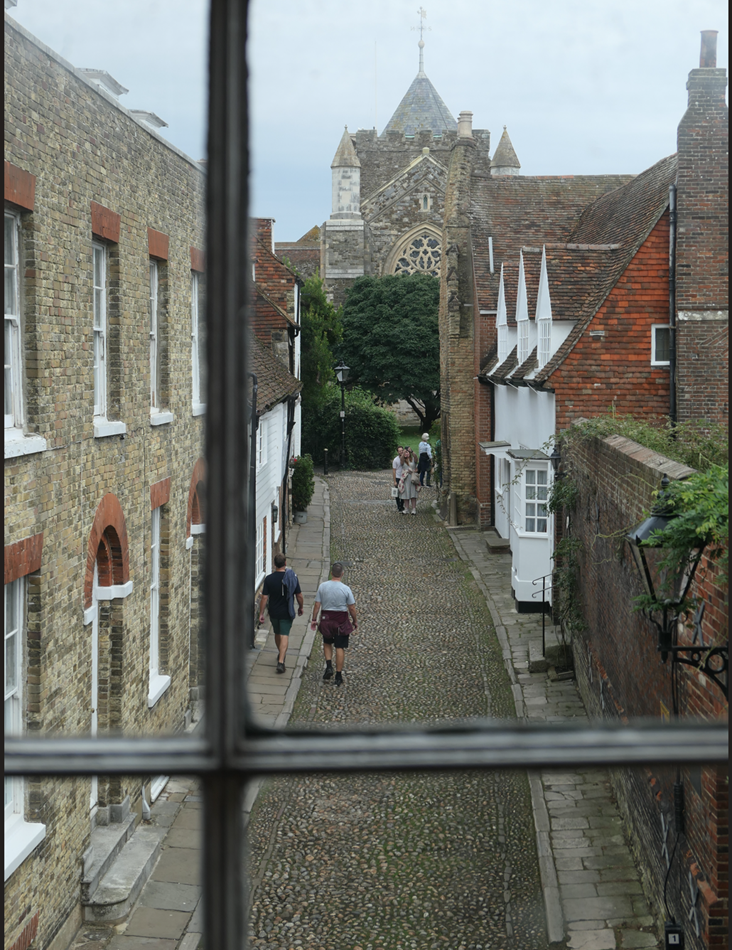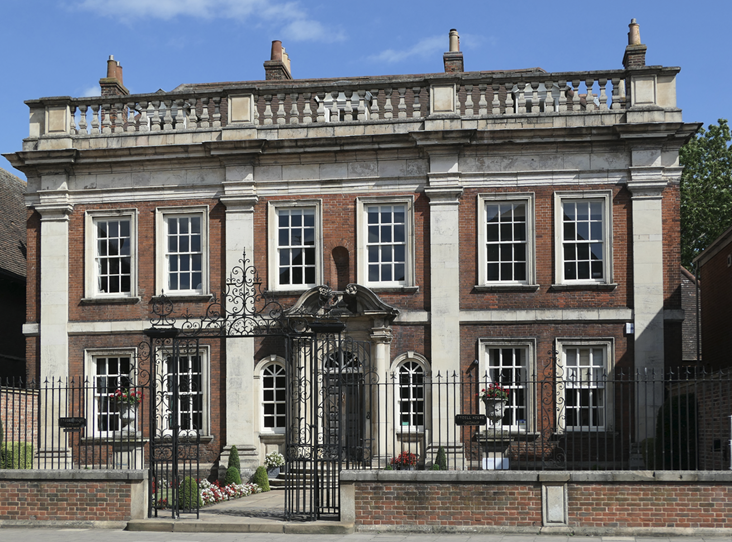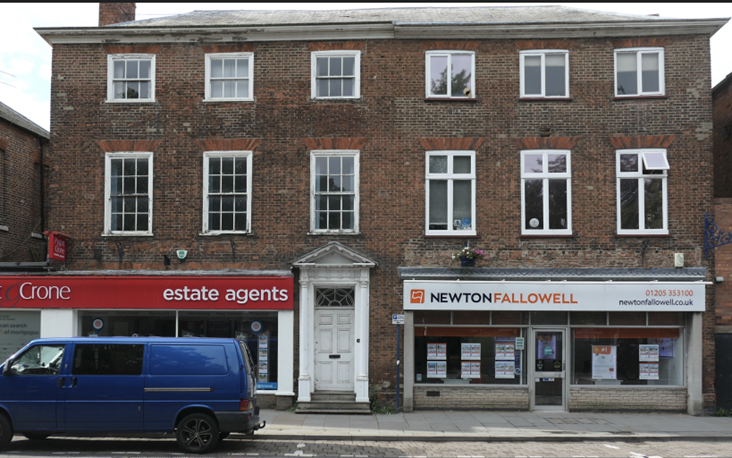 |
| Museum of the History of Catalonia (MHC), founded 1996, one of several lavish Barcelona museums presenting the Catalan interpretation of history |
When you visit busy, industrial Turin, you are surprised to
discover a royal palace in the middle of the city; the Italian monarchy is a
relatively recent phenomenon. But this is the Royal Palace of the House of
Savoy. There is no House of Savoy today; there are regions labelled “Savoie” in
France, but nothing similar in Italy. Compare that to Barcelona, where Catalan
history is omnipresent in street names, museums, art galleries, and even
children’s games. Why does the House of Savoy not have a separatist movement in
Turin, while Barcelona is shouting Catalan messages at every street corner? That’s
a question that interests me.
Sadly, Vanished Kingdoms (by Norman Davies, 2012)
does not answer the question. It is a study of 15 former states, none of which
exists today. Of course, there is a fascination in forgotten areas of history. What
could be more romantic than the study of disappeared kingdoms? It’s a bit like
coming across an old railway line in the middle of the countryside. When was it
built? Who built it? How can things change so much that it was important then, but
of no significance today? Clearly, a book entitled Vanished Kingdoms
raises an interest of the forgotten-corners-of-history variety. And, indeed,
there is a chapter on the House of Savoy. However, my immediate question was to
see what Davies says about Catalonia, which could be described as a vanished
kingdom, but one that has spent the last hundred and fifty years trying to recreate,
or even reinvent itself. What intrigues me is that there is a chapter in Davies’
book about Aragon, but not for Catalonia. Perhaps I am seeing things from a Catalan
perspective, but it is difficult, if not impossible, to consider one without
the other.
Davies’ method for each kingdom, one per chapter, is to
examine it in three parts:
- A view of the European location today
- A narrative of the vanished kingdom
- The extent to which the vanished kingdom has either been remembered or forgotten.
The emphasis is clearly on the second part, the narrative,
comprising (I would guess) 80% of the material of each chapter. Hence, for the
Aragon chapter, Davies begins by visiting present-day Perpignan – although what
he finds is present-day references to Catalonia, not to Aragon. His narrative
section covers the historical kingdom of Aragon, but in many respects this is
also the history of Catalonia. Part three, potentially the most interesting, is
the skimpiest and the least satisfying. He notes that one of the songs popular
in Perpignan mentions “the Catalan girls” – not the Aragon girls.
Perhaps I was expecting too much; Davies ends his
introduction with a romantic view of the historian as “a beachcomber and
treasure-seeker”. So this really is the historians’ equivalent of writing about
old railway lines! I wished the Aragon – Catalan discussion were considerably
longer, and that Davies had spent less time describing mythical events in
Aragon history. What I wanted to see is an exploration, not of Vanished
Kingdoms, but of how some kingdoms reinvent themselves – while others do not. Catalonia
would be a perfect case study of this phenomenon.
Sadly, Davies’ interests are elsewhere. His tone suggests a
light-hearted rapid coverage of many different areas, with no attempt at a solid
history (there are no chronologies or biographies in the book). Davies’ writing
style can be summed up by the expression on the first page of the Aragon
section, describing Perpignan:
As the corbeau flies, it
is situated 510 miles south-south-west of Paris..
Who is this wordplay aimed at? The French don’t say “as the
crow flies”, so this is an amusing joke for British readers. It would be
largely unintelligible to anyone who is not a native English speaker. The intended
audience throughout is an English reader who is familiar with British history. It’s
not a tone that is appropriate for dealing with current political situations. The
coverage of events seen as major in other books is very different here. In
discussing the 1348 plague, seen by other commentators as a significant factor
in the decline of Catalonia, there is a lengthy description in Davies, but no
indication that this was a major factor in the 14th-century change of fortunes.
Here is his one-sentence overview of recent Catalan history:
Since 1978, after painful
experiences under General Franco, the province has enjoyed autonomy within
Spain, and has successfully reinstated the official status of the Catalan
language.
That is hardly a measured appraisal of the Catalan situation.
“Enjoyed” makes it sound as if the Catalans are all happy with the current
situation, which is by no means the case. There is a fascinating article to be
written about why Catalan nationalism became so popular, but at the same time
is resisted by many of the inhabitants. The vanished kingdom of medieval
Catalonia is used as a weapon in this struggle; but that’s not something that
Davies seems interested in. In his bibliographical note to this chapter, he
writes:
But the inclusive approach is
signally lacking, especially in work inspired by national Catalan or regional
Aragonese perspectives. Readers seeking introductory matter need to explore
books on the Iberian peninsula as a whole …
I would have liked to see a more inclusive account from Davies,
not one that features only the Aragonese side.






















